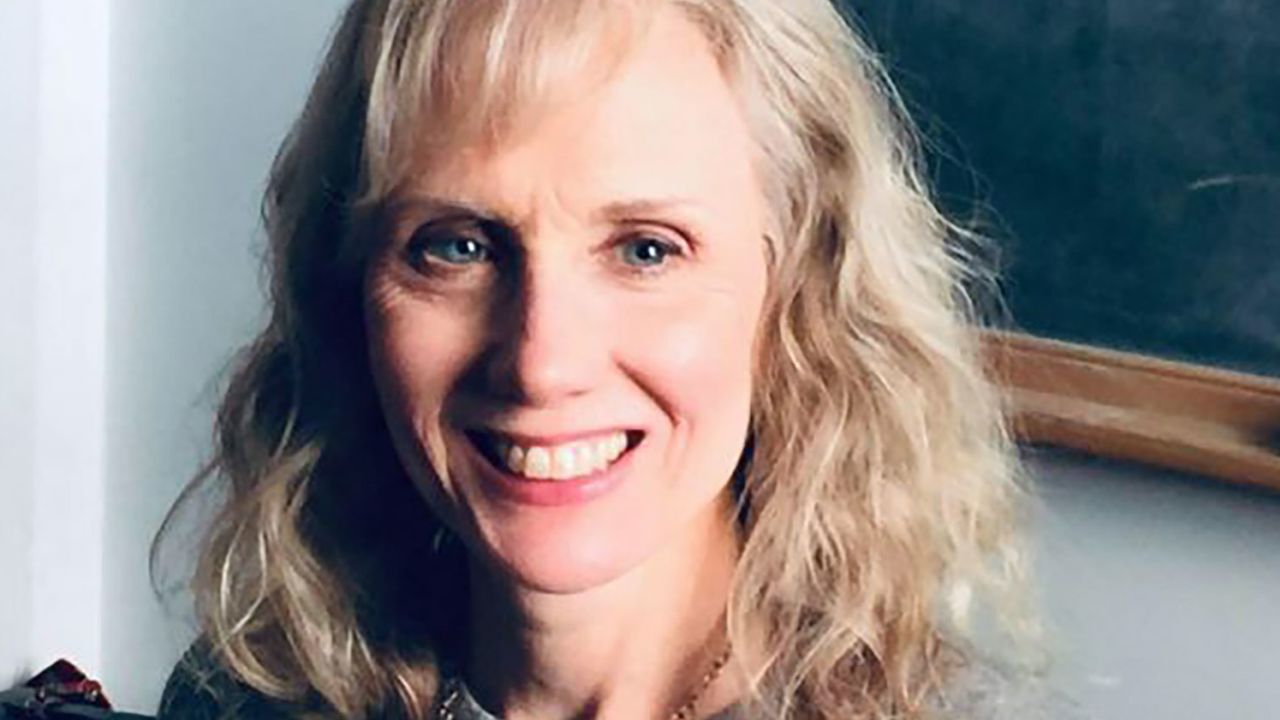Editor’s Note: Deborah Carr is a professor of sociology and the director of the Center for Innovation in Social Science at Boston University. Her most recent book is “Aging in America.” The views expressed here are the writer’s own. Read more opinion on CNN.
CNN
—
Billionaire media magnate Rupert Murdoch celebrated St. Patricks’ Day this year by proposing to his companion Ann Lesley Smith. (Spoiler alert: She said yes!) Instead of heart emojis and congratulatory wishes, though, Murdoch’s happy news sparked snide tweets and mocking memes. Why the snark? Smith will be Murdoch’s fifth wife, and his divorce from model Jerry Hall was finalized just seven months ago.

But there’s another reason for the chilly reception: ageism – those negative stereotypes that people hold about old age. Murdoch is 92 and his bride-to-be is 66. Naysayers’ posts equated Murdoch’s age with death (“Next ceremony will be a funeral”), impotence (“Hope springs eternal even when body parts don’t”) and a repulsive physique (memes of toothless ogres and wrinkled walruses). These cynical reactions raise a genuinely important question: Is it ever too late to find love?
No. As a sociologist who studies older adult relationships, I reacted to Murdoch’s engagement news by thinking: “Good for them!” Older people, generally considered to be 65-plus, are just as capable of falling in love as any other adults. Why shouldn’t they fully commit to spending the rest of their lives – however long that may be – with their new love?
Yet later-life marriages aren’t completely the same as those undertaken at earlier ages. My second reaction to their announcement was “Proceed with caution.” Older adults’ new romances raise complex legal and financial challenges – especially for those previously married – and it is foolhardy for couples to be so blinded by love they close their eyes to the difficult decisions that confront them.
Overall, however, there are so many benefits to being happily coupled in old age that it’s something to be celebrated. Murdoch’s engagement is an opportunity to understand why new romances, whether remarriages or living together without a change in legal status, are so popular with older adults and how these couples can best be supported – and protected.
The desire for companionship doesn’t fade with age; it actually grows stronger with each passing year. Older people often prefer to spend their time with a small circle of loved ones rather than a large group of casual acquaintances. Most older adults consider their romantic partner their closest confidante, companion and helpmate. And with the Covid-19 pandemic shedding new light on the dire consequences of older adults’ loneliness and social isolation, there is clear value in romantic partnerships in the golden years.
Older adults also understand the benefits of marriage. Spouses’ pooled income and savings go further in covering costs of shared purchases like food, housing and vacations. Spouses help each other to stay healthy, reminding them to take their daily medications or nudging them to forego that second dessert. And they can be a sounding board for tough decisions and a shoulder to cry on during difficult moments.
Sex is another incentive. Despite tired stereotypes that older adults are uninterested in or incapable of having sex, many enjoy satisfying sex lives. More than two-thirds of men and nearly half of women ages 65-plus say sex is an important part of life. Of course, old age brings biological changes like dips in estrogen and testosterone levels, prostate problems, arthritis and other health problems that can make sexual intercourse difficult if not impossible, so older couples are creative, swapping intercourse for foreplay, oral sex or cuddling, for instance.
While people may raise eyebrows at Murdoch’s four divorces, rates of “gray divorce” – or divorcing after age 50 – have doubled since 1990. Unhappily married people in their 50s and 60s realize they have many healthy years ahead, and may wish to spend those years with a new partner who makes them happy.
Indeed, Americans are living longer than ever (despite a slight dip in life expectancy in recent years). They’re also more physically active. Effective medications for conditions ranging from high blood pressure to erectile dysfunction, the availability of high-tech hearing aids and improved outcomes for surgeries like knee and hip replacement enable many older people to live active and engaged lives. Those fortunate enough to have received a college education, worked in white-collar jobs (like being a media magnate) rather than physical labor, have access to good health care, benefit from “White privilege” and reside in safe, walkable neighborhoods are especially likely to enjoy long, healthy lives.
Over the course of that increased lifespan, the culture changed to deemphasize playing by traditional rules. Older adults, like so many others, are seeking personal fulfillment, including through relationships. Presently, about one-third of older adults repartner within a decade of their gray divorce. So millions of US older adults are in a second (or third, or fourth) marriage or committed romantic partnership.
That doesn’t mean gray marriage is all hearts and flowers. Most older married people will be a spousal caregiver at some point, helping with bathing, dressing, toileting and more. These tasks can be overwhelming, especially for dementia caregivers. Caregiving burdens are especially heavy for women, who are typically younger than their husbands and often have life-long experience caring for others.
The financial cost of care can also be staggering And while Murdoch and Smith are fantastically wealthy and can afford to pay whatever’s needed for professional caregivers, many well-off older couples struggle to find paid support given the dire shortage of home health aides and long-term care workers.
There are other financial – and legal – considerations as well, particularly if one or both spouses have been married before. Some grown children are opposed to their aged parents’ remarriage for fear that they will be disinherited, or that the new partner will take charge of end-of-life medical decisions that would otherwise be left to the children.
In some cases, remarried older adults risk losing government benefits such as Medicaid and Supplemental Security Income. In some states, spouses also are responsible for each other’s medical debt, which can be exorbitant, and may face income and estate tax increases combined with the loss of alimony or pension payments.
That’s why rising numbers of older adults are opting for cohabitation or exclusive dating relationships called “living apart together.” These arrangements can spare them messy legal complications.
Those who are still determined to tie the knot should revisit their estate planning and advance care planning documents before signing their marriage certificates. Prenuptial agreements are essential for protecting one’s own wealth. Some elder care lawyers encourage newlyweds – especially women – to draw up caregiver agreements detailing specifics of care to protect from onerous spousal caregiving.
Late-life romantic love isn’t for everyone. Many older adults are happily single, receiving companionship, love and support from friends and other family members. Conversely, some want desperately to remarry but can’t easily find a partner. Older women are particularly likely to stay single; they outnumber men due to men’s shorter lifespans and men tend to prefer younger partners.
Love is never easy, regardless of age. But older adults who follow both their heart and head can enjoy happy marriages until death they do part.







More News
Student Leader of Columbia Protests: ‘Zionists Don’t Deserve to Live’
At the Time 100 Gala, Glamour Meets Influence
With Inflation This High, Nobody Knows What a Dollar Is Worth